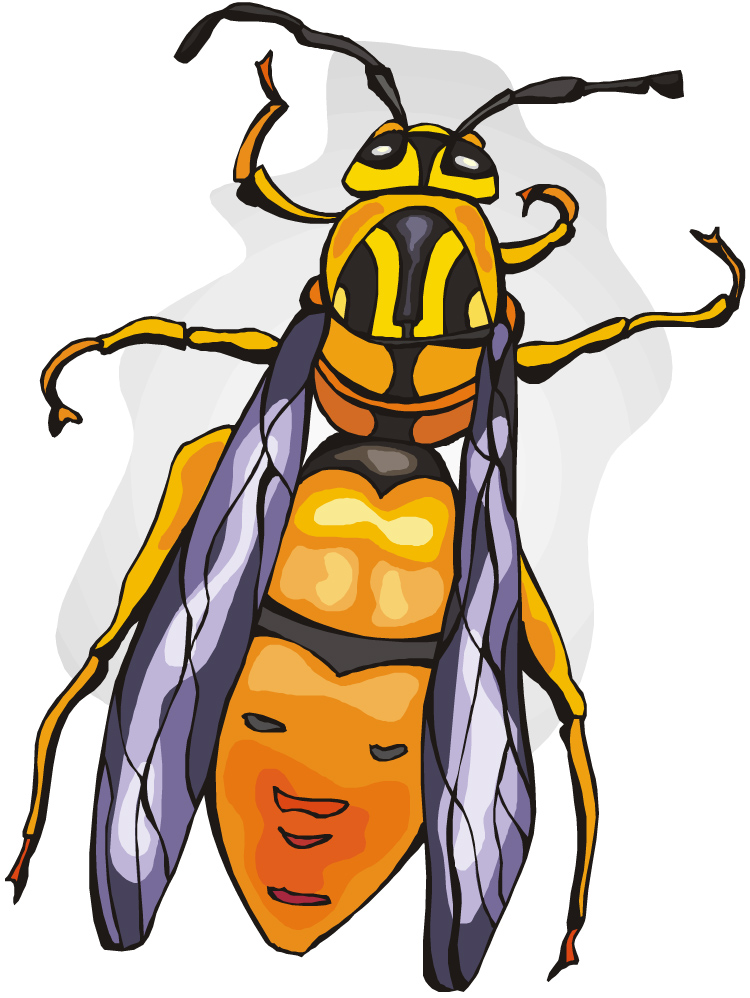insect characteristics

Harmonia axyridis
Order: Coleoptera
Family: Coccinellidae
The scientific name for the southern pine beetle (SPB) is Dendroctonus frontalis Zimm, meaning “tree killer.” The SPB has been just that in Mississippi for thousands of years. At low population levels, SPB will attack stressed, damaged, or overly stocked stands. However, during a high-population outbreak, SPB will attack healthy and vigorous pine trees, killing them regardless of age, health, or condition until they run out of pines. Many landowners have suffered losses, ranging from a few trees to entire stands.
Download the PDF for the full publication.
Houseplants have fewer insect pests than outdoor ornamentals do, but they are not pest free. Most houseplant pests are small insects or mites that spend most of their time on the undersides of the leaves. These include aphids, whiteflies, mealybugs, scales, thrips, spider mites, and broad mites. Heavy infestations of any of these pests can cause houseplants to be unsightly and undesirable. Indoor gardeners should know how to recognize and control these pests.
Dairy operators face a number of management problems during the production season. One of these problems is the control of arthropods (insects, spiders, lice, mites, ticks). Arthropod pests generally fall into two groups: those that feed on animals and those associated with conditions around the dairy.
What is it? This is the first question most people ask when they encounter a new kind of animal. Being able to identify an animal is the first step in learning about that animal. Your backyard is home to hundreds of different species of interesting and unusual animals, and most of these animals are insects. Insects affect our lives in many ways. Some insects are pests and some are beneficial, but most insects are neither good nor bad—they are just little animals.

Although several species of ants will invade homes in Mississippi, Argentine ants and odorous house ants are, by far, the two most commonly encountered species. Both are primarily outdoor species that go largely unnoticed by homeowners until they invade homes and begin raiding pantry shelves.

